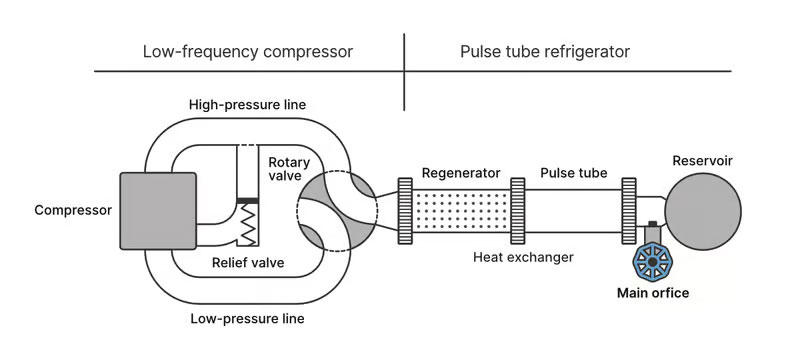For half a century, a device known as a pulsating-tube cooler has been deployed for ultra-low temperature cooling. According to the U.S scientists, this device can be efficiently upgraded to massively save on cooling costs. The global annual savings account to $30 million, 27 MW of electricity, and water equivalent to 5000 Olympic-sized swimming pools. All that is necessary for this achievement is installing a regulating valve into the cooling system.
The U.S National Institute of Standards and Technology (NIST) researchers explain in their published findings in Nature Communications that the conventional pulse-tube cooler operates highly inefficiently at the initial cooling stage at room temperature. The helium in the system, which is under massive pressure, is constantly vented by the pressure relief system before substantial cooling occurs, causing gas losses and excess cooling resources consumption.

To curb these issues, the researchers proposed introducing a controllable valve into the system, gradually obstructing the gas circulation channel. This change could significantly reduce resources and time consumption by accelerating the cooling process up to two times. Estimates indicate that the improved arrangement will require 71% less energy than the original one to cool down near absolute zero (-269 °C or 4K).
The sooner these upgraded coolers start replacing those in the industry, medical facilities, and research institutions, the more significant economical impact will be. Cryogenic cooling today is essential for various areas like MRI scanners, accelerators, quantum platforms, and many others. Such a straightforward upgrading of cooling units could revolutionize these sectors, scientists believe.





